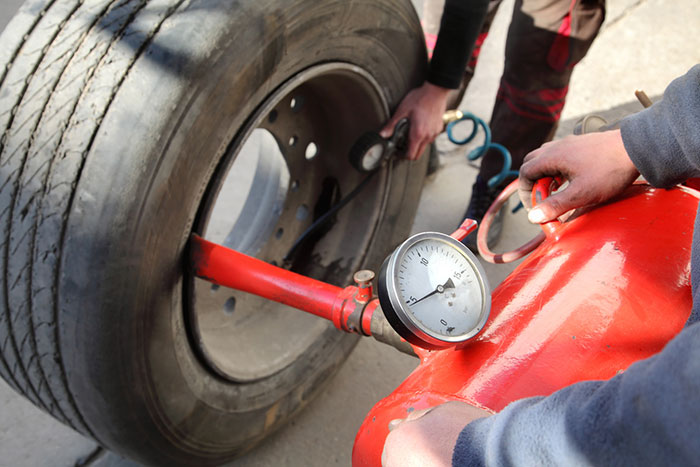
The air pressure in your tyres supports the entire weight of your car, so it’s essential to get it right. Maintaining the correct tyre pressure will help to ensure your safety and that of other road users, and it’s also vital for optimising vehicle performance, fuel efficiency and tyre longevity.
The current global movement towards reducing emissions for a more sustainable future means we are all looking for ways to lower our carbon footprint. Maximising fuel efficiency is one easy step we can all take to do just that.
Fuel efficiency is the rate your vehicle burns petrol (or diesel) in general operation. If using less fuel is your goal, it’s crucial to maintain correct tyre pressure.
The Effect of Tyre Pressure on Fuel Consumption
Under inflated tyres increase your vehicle’s drag, which increases fuel consumption. In fact, studies have shown that for every 1% decrease in tyre pressure, your vehicle will experience a 0.3% reduction in fuel economy. Under inflation of tyres by 10% increases fuel consumption by 2%, and at 20% under inflation your fuel consumption may increase by as much as 4%!
Here’s what you need to know about maintaining correct tyre pressure.
Tyre Pressure Matters
Improving fuel economy comes down to reducing resistance so your car can move more easily. If your tyres aren’t inflated to the proper pressure, they become soft. The softer your tyres, the more rolling resistance there is between the road and the rubber, and the harder your engine will have to work to move your car. When your engine works harder, you burn more fuel — and spend more money to get where you’re going.
It’s also worth noting that underinflated tyres also pose a safety risk. They can lead to longer stopping distances, poor handling, and dangerous blowouts on the road.
How to Maintain Your Tyres and Improve Fuel Economy
First, you’ll want to keep your tires properly inflated. You don’t want too much air or too little, but just the right amount. Information on the recommended tyre pressure for your specific vehicle can be found on a sticker in the driver’s side door jamb or in your owner’s manual.
Once you know the correct pressure, use a tyre gauge to measure your tyres’ PSI. If the number is incorrect, add or release air as needed to ensure the pressure is correct.
You should also have your tyres rotated regularly, approximately twice a year, or as often as specified in your car’s manual. This will help spread tread evenly among all four wheels, and this will result in tyres that last longer, and perform better.
Finally, book in for a wheel alignment yearly. This will adjust the angles of the wheels so that they are set to the car maker’s specifications. Not only will this reduce tyre wear and ensure the vehicle travels is straight and true, but also it decreases rolling resistance, which increases your fuel mileage.
How Can a Tyre Pressure Monitoring System (TPMS) Boost Fuel Economy?
A TPMS continually monitors your tyre pressure in real time and alert you to any changes that need attention. This means your tyres are always properly inflated, and in turn, your fuel efficiency is always the best it can be. If any significant changes are detected, they can be adjusted swiftly before any issues occur. Many modern cars come fitted with a TPMS as standard, but most older models can benefit from the addition of an after-market TPMS installation.
Purchase Your Tyre Pressure Monitoring System from Safe T Tyre Today
Our effective and affordable TPMS devices will alert you to drops in tyre pressure and let you know when you need to inflate your tyres. Our aim is to help you stay safer on the road and avoid the numerous risks associated with improperly inflated tyres, including longer stopping distances, poorer traction and handling, faster tyre wear and increased fuel consumption. Call us today on 1800 499 383 or contact us online now.

